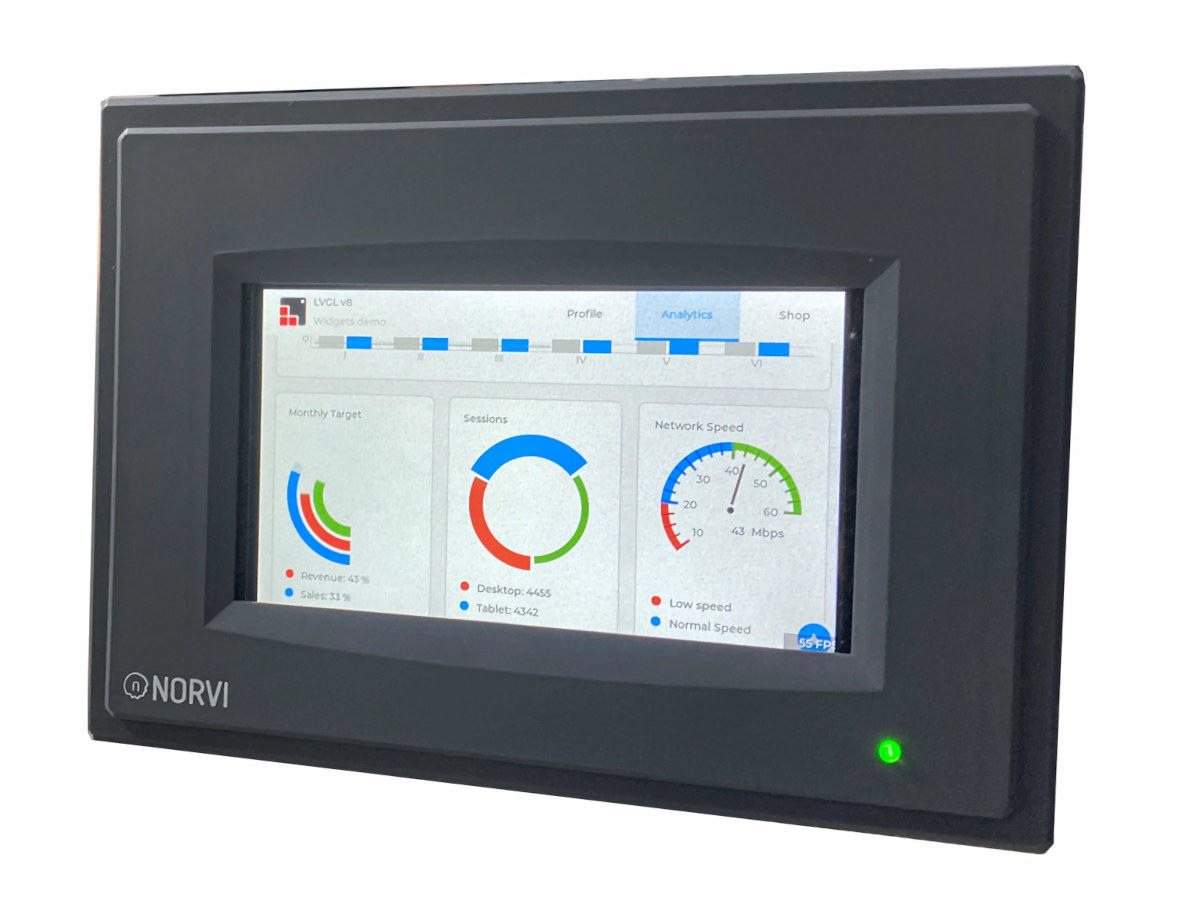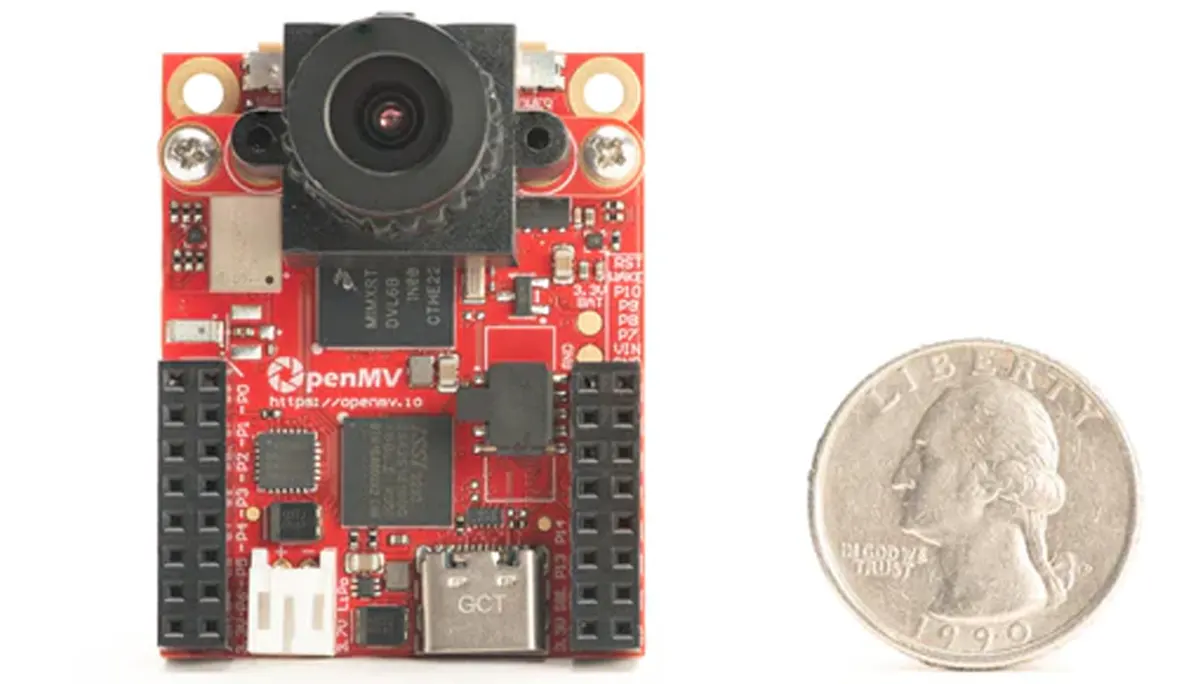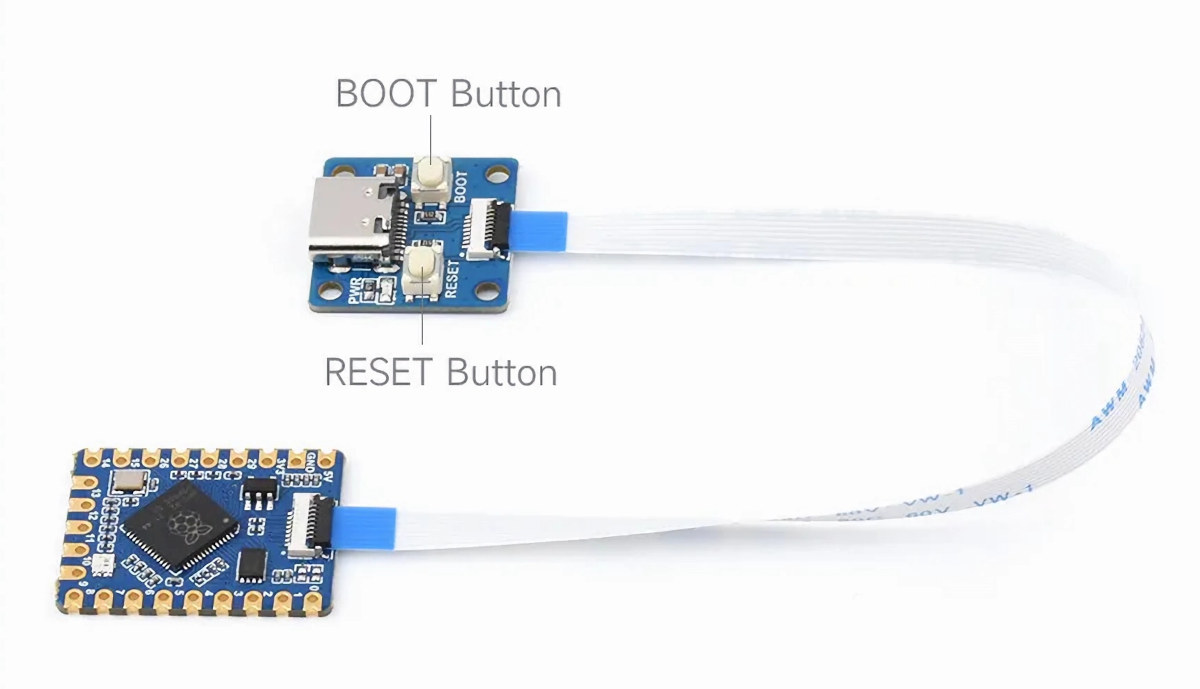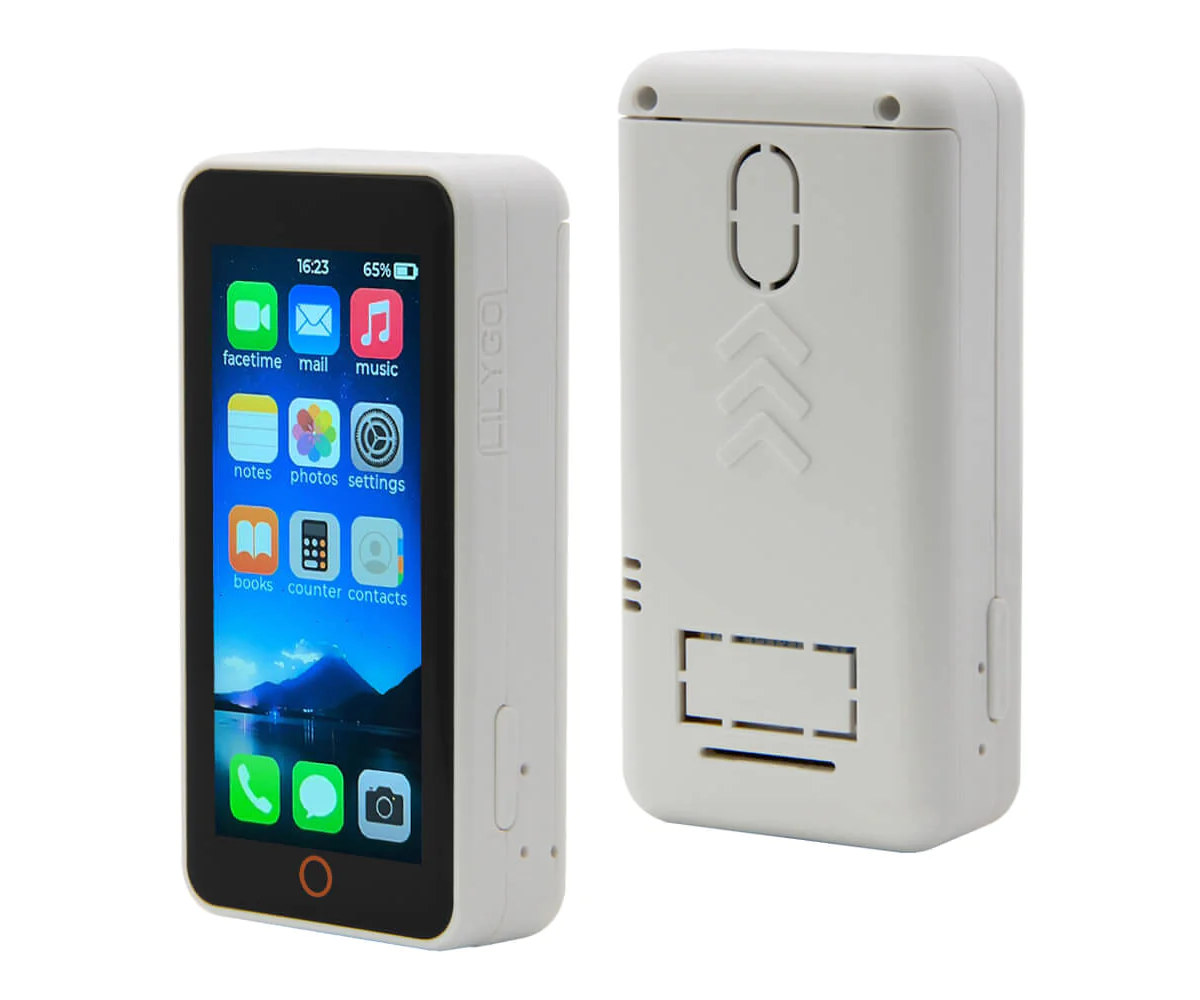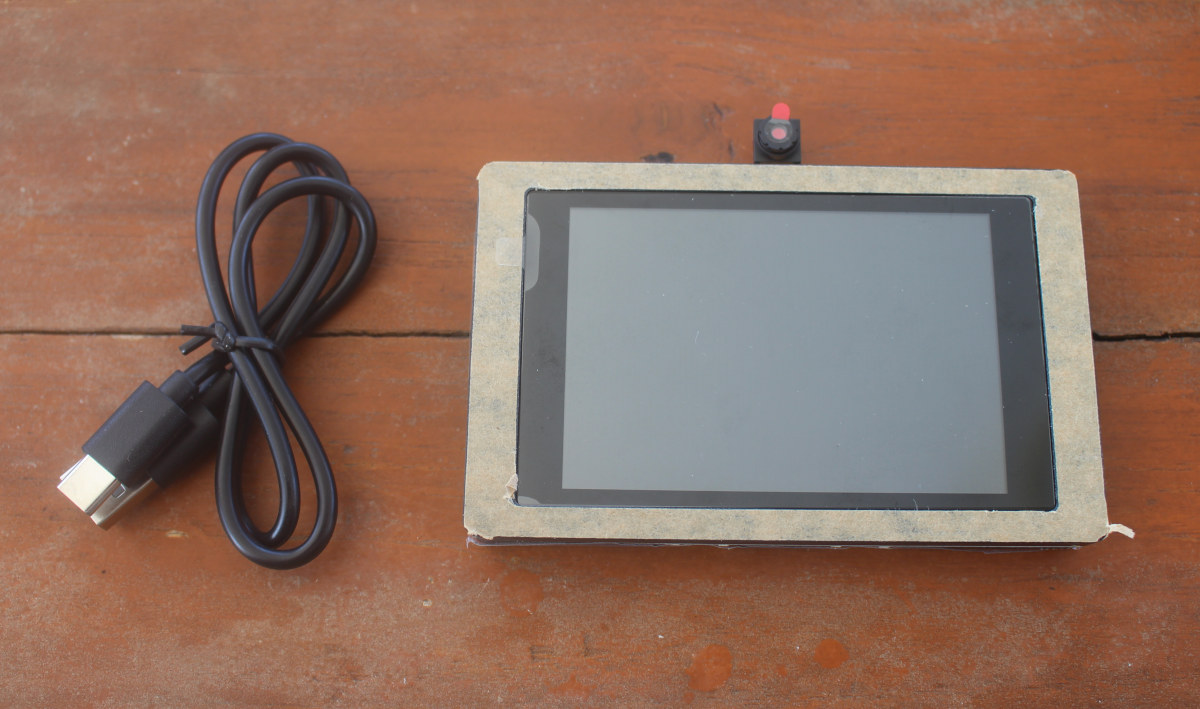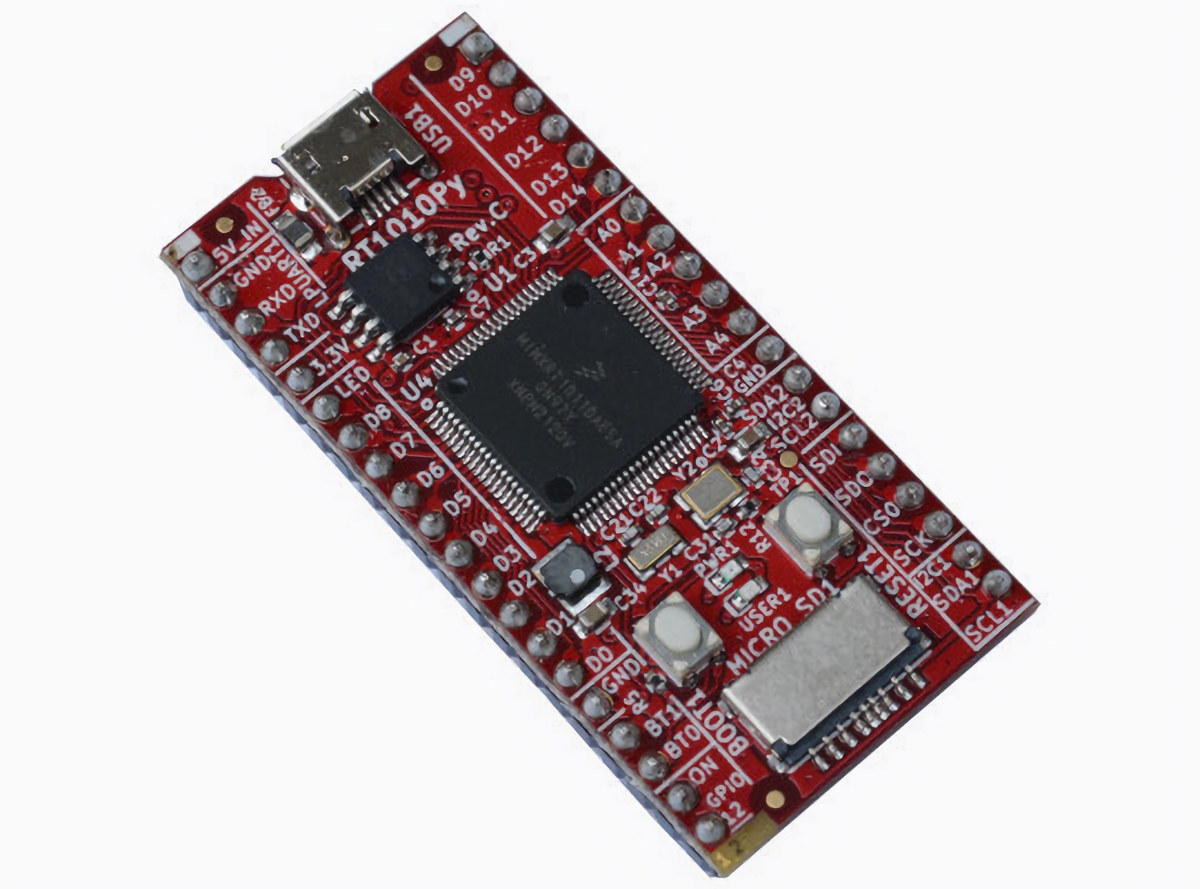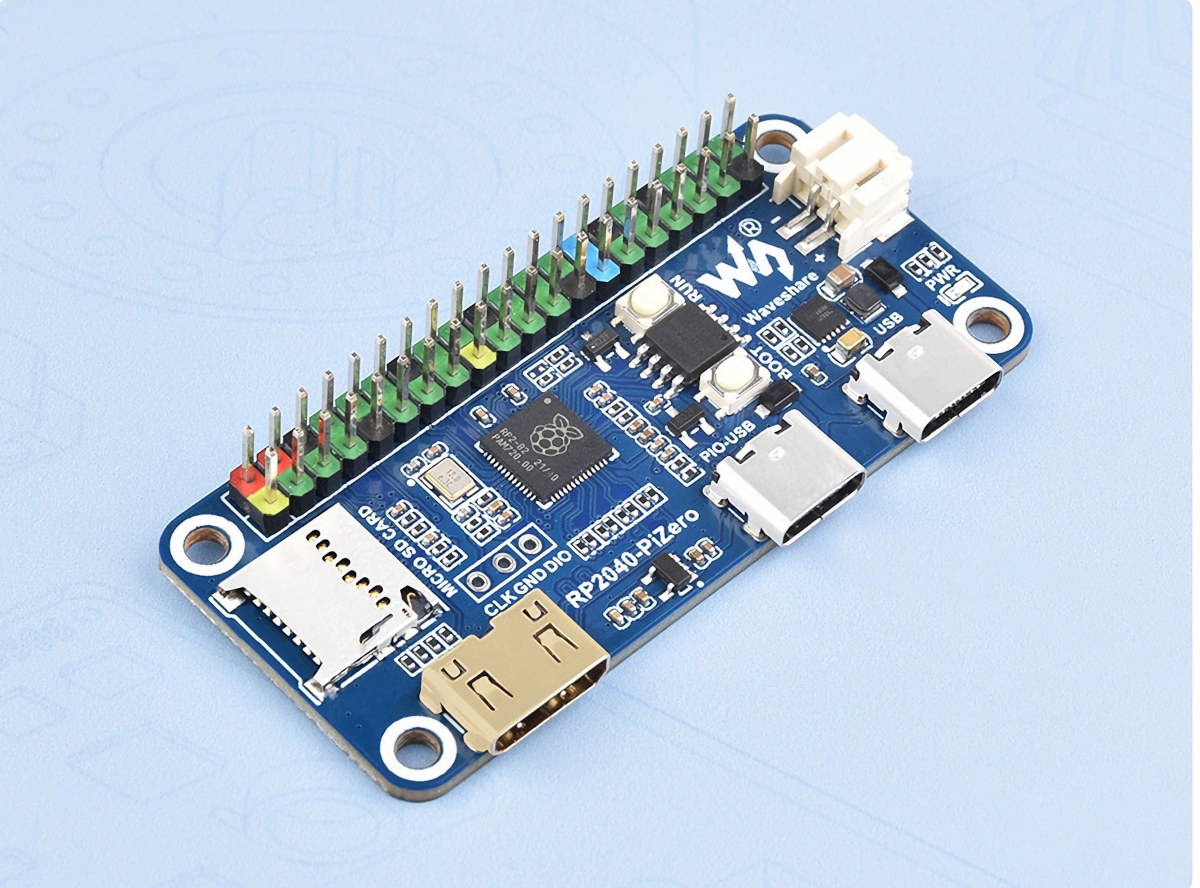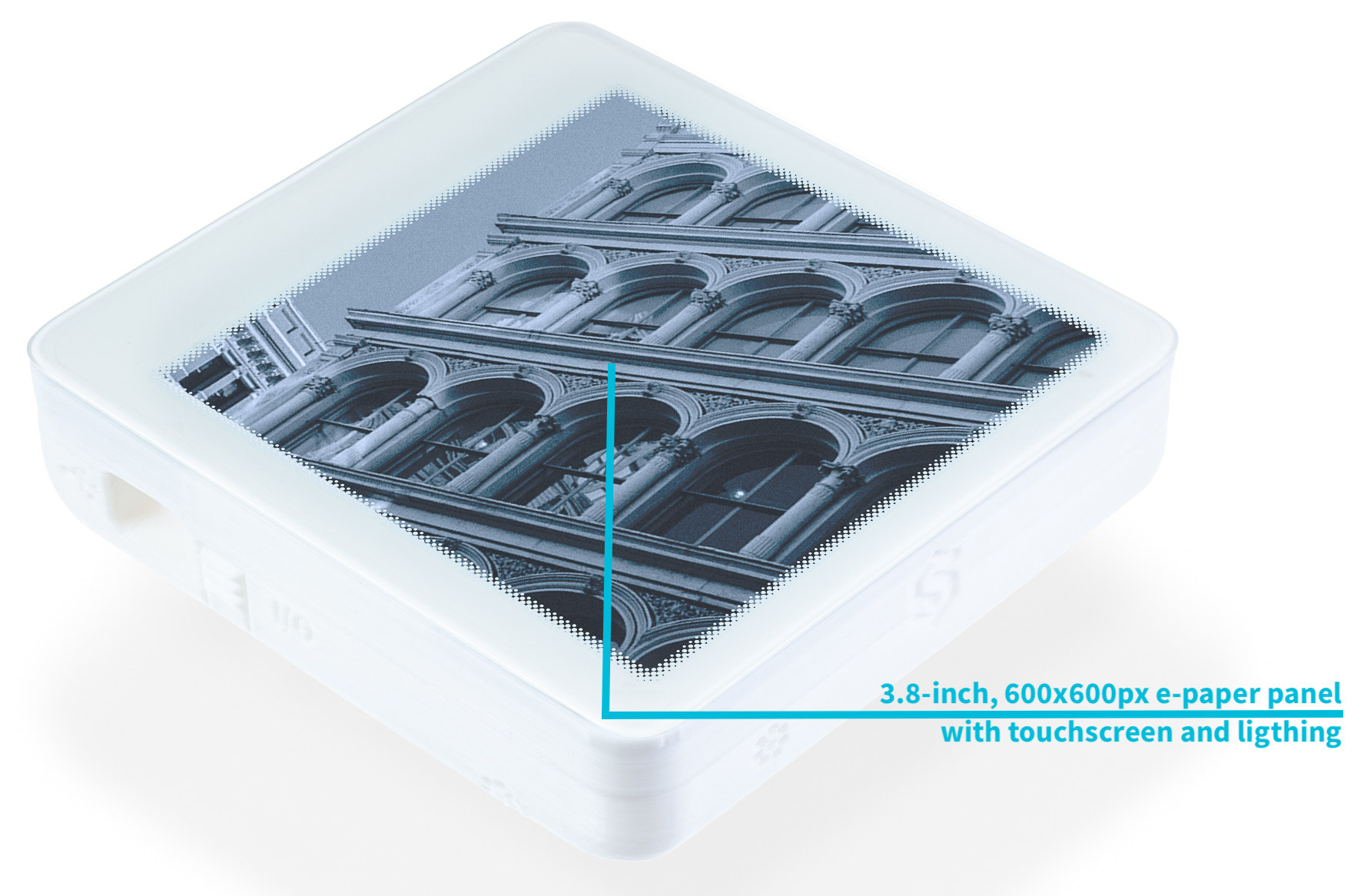NORVI ESP32-based human-machine interface (HMI) solution features a 5-inch LCD with a resistive touchscreen driven by an ESP32-S3 wireless module and support for the LVGL library. NORVI previously brought us some headless ENET industrial controllers including some with Ethernet beside the WiFi connectivity built into the ESP32 microcontroller, but the NORVI HMI device is the first product from the company with a proper display suitable for HMI applications. NORVI HMI (ESP-HMI-5C) specifications: Wireless module ESP32-S3-WROOM32-1-N16R8 MCU – ESP32-S3 dual-core LX7 microprocessor @ up to 240 MHz with Vector extension for machine learning, 512 KB SRAM Memory – 8MB octal SPI PSRAM Storage – 16MB flash Connectivity – WiFi 4 and Bluetooth 5 with LE/Mesh PCB antenna Storage – MicroSD card slot (SPI interface) Display – 5-inch LCD Display with Resistive Touch Audio – Built-in Buzzer Communication interfaces – Ethernet (W5500) and RS485 I/Os 4x digital inputs – Range 18V to 32V […]
OpenMV CAM RT1062 camera for machine vision is programmable with MicroPython
Following the success of the OpenMV Cam H7 and the original OpenMV VGA Camera, OpenMV recently launched the OpenMV CAM RT1062 powered by NXP’s RT1060 processor. This new camera module integrates a range of features, including a high-speed USB-C (480Mbps) interface, an accelerometer, and a LiPo connector for portability. Similar to its predecessor, this camera module also features a removable camera system, and it is built around the OV5640 image sensor which is more powerful in terms of resolution and versatility. However, the previous Omnivision OV7725 sensor, used in the OpenMV Cam H7 has a far superior frame rate and low-light performance. OpenMV provides a Generic Python Interface Library for USB and WiFi Comms and an Arduino Interface Library for I2C, SPI, CAN, and UART Comms which can be used to interface your OpenMV Cam to other systems. To program the board, you can use MicroPython 3 with OpenMV IDE, […]
Tiny Raspberry Pi RP2040 module connects to USB-C + buttons board via FPC connector
Waveshare RP2040-Tiny is another tiny Raspberry Pi RP2040 module that joins others like Pimoroni Tiny 2040, DFRobot Beetle RP2020, or Solder Party RP2040 Stamp, but with a twist as the solderable module features an FPC connector in order to optionally connect a separate board with a USB-C port as well as Boot and Reset buttons. This design enables the convenience of having a USB-C port for power and programming, plus the Reset and Boot buttons during firmware development, and developers can only keep the tiny and ultrathin module when integrating it into a project or product. Alternatively, there may be designs that benefit from having the USB-C port located further away from the main module with all I/Os, and it can also facilitate troubleshooting when the product is already integrated into a product. Waveshare RP2040-Tiny specifications: MCU – Raspberry Pi RP2040 dual-core Cortex-M0+ microcontroller @ up to 133Mhz with 264kB […]
LILYGO T-Display S3 Pro – A 2.33-inch ESP32-S3 color touchscreen display with enclosure
LILYGO T-Display S3 Pro is another ESP32-S3 powered WiFi and Bluetooth display from the company with a 2.33-inch color touchscreen LCD, a plastic enclosure, support for USB-OTG, two QWIIC connectors, and a 470 mAh battery. We’re told the T-Display S3 Pro is an update to the T-Display S3 (and by extension of the T-Display S3 Touch and T-Display S3 AMOLED models) but the display is quite bigger at 2.33-inch and with higher resolution (480×222), it comes with an ABS case with an integrated battery by default, adds support for USB OTG, and also includes a few sensors that are missing from the earlier models. T-Display S3 Pro specifications: Wireless MCU – Espressif Systems ESP32-S3R8 dual-core Tensilica LX7 @ up to 240 MHz with vector instructions for AI acceleration, 512KB RAM, 8MB PSRAM, wireless connectivity Storage – 16MB flash, microSD card slot Connectivity via ESP32-S3 2.4 GHz 802.11 b/g/n Wi-Fi 4 […]
Giveaway Week 2023 – Elecrow ESP32 Terminal with a 3.5-inch touchscreen display and OV2640 camera
If I remember correctly, Elecrow sent me an end-of-year gift with a notebook (paper style), a pen, and a 3.5-inch ESP32 terminal. I had completely forgotten about it, and while wondering what I would give for Giveaway Week 2023, and looking around in drawers and on shelves, I found an “ESP32 Terminal” package, and I was like “What the F is that and where is it coming from?”. Long story short, the 6th prize of this year’s giveaway week is Elecrow’s ESP32 Terminal with a 3.5-inch touchscreen display that also comes with a front-facing OV2640 camera and six Crowtail connectors for expansion plus a LiPo battery connector. Elecrow ESP32 terminal specifications: Wireless module – ESP32-S3 2.4 GHz Wi-Fi and Bluetooth 5 (LE) module with 16MB flash and 8MB PSRAM Storage – MicroSD card slot Display – 3.5-inch TFT LCD display with 480×320 resolution (ILI9488 driver), capacitive touchscreen Camera – 2MP […]
$15 Olimex RT1010-Py board runs MicroPython on 500 MHz NXP i.MX RT1011 Cortex-M7 MCU
Olimex RT1010-Py is a small development board powered by a 500 MHz NXP i.MX RT1011 Cortex-M7 MCU designed to run MicroPython and about four times faster than the Raspberry Pi Pico. The board comes with two 20-pin GPIO headers exposing various interfaces such as SPI and I2C, a microSD card slot for storage, two buttons, and a USB-C Type port for power and programming. The RT1010-Py also includes a 12-pin fUEXT connector to connect Olimex’s UEXT modules via a flat cable. Olimex RT1010-Py specifications: SoC – NXP iMX RT1011 crossover microcontroller with an Arm Cortex-M7 clocked at 500 MHz and 128KB SRAM/TCM Storage – 2MB SPI Flash, microSD card slot USB – 1x USB 2.0 OTG Type-C port Expansion 2x 20-pin headers with up to 15x GPIO, 3x UART, 2x SPI, 2x I2C, 1x I2S, 4x PWM. 5x analog input fUEXT connector (12-pin flat cable 0.5 mm step connector) with […]
Waveshare RP2040-PiZero – A Raspberry Pi RP2040 board with Raspberry Pi Zero form factor
Waveshare RP2040-PiZero board is a Raspberry Pi Zero lookalike that features a Raspberry Pi RP2040 microcontroller instead of a Linux-capable application processor. But RP2040 board comes with the same layout as the Raspberry Pi Zero and similar ports including two USB Type-C ports, a mini HDMI/DVI connector, a microSD card slot, and a 40-pin GPIO header, but also adds support for LiPo batteries with a 2-pin connector and a charging circuit. RP2040-PiZero specifications: MCU – Raspberry Pi RP2040 dual-core Cortex M0+ microcontroller @ 133 MHz with 264 kB of embedded SRAM Storage – 16MB SPI flash, microSD card slot Video – Mini HDMI port that can output DVI signals USB – 1x USB Type-C port for data using PIO-USB host/device implementation Expansion – 40-pin color-coded header with 2x SPI, 2x I2C, 2x UART, 4x 12-bit ADC, 16x PWM, 8x Programmable I/O (PIO) state machines for custom peripheral support Misc – […]
Inkplate 4 TEMPERA ePaper display supports ESPHome, Arduino, and MicroPython (Crowdfunding)
Years after years, Soldered Electronics keeps on churning out new ESP32-powered ePaper displays and the latest model is the Inkplate 4 TEMPERA with a recycled 3.8-inch e-paper touchscreen with 600×600 resolution and plenty of sensors and features for a device of that size. The InkPlate 4 TEMPERA comes with a frontlight, a gyroscope, an accelerometer, temperature, humidity, air quality, and gesture sensors, Wi-Fi and Bluetooth connectivity, a built-in battery, and a low-power operating mode. Inkplate 4 TEMPERA specifications: Wireless module – ESP32-WROVER-E with ESP32 dual-core microcontroller with Wi-Fi 4 & Bluetooth 4.0 connectivity Memory – 8MB PSRAM Storage – 4MB flash PCB antenna Storage – MicroSD card slot Display (ED038TH2) 3.8-inch 3-bit grayscale (black, white, and six shades of gray) ePaper display with 600 x 600 pixels resolution Refresh rate 0.18s partial refresh rate in 1-bit (B&W) mode 0.86s full refresh mode in either 1-bit or 3-bit modes Multi-point touchscreen […]


